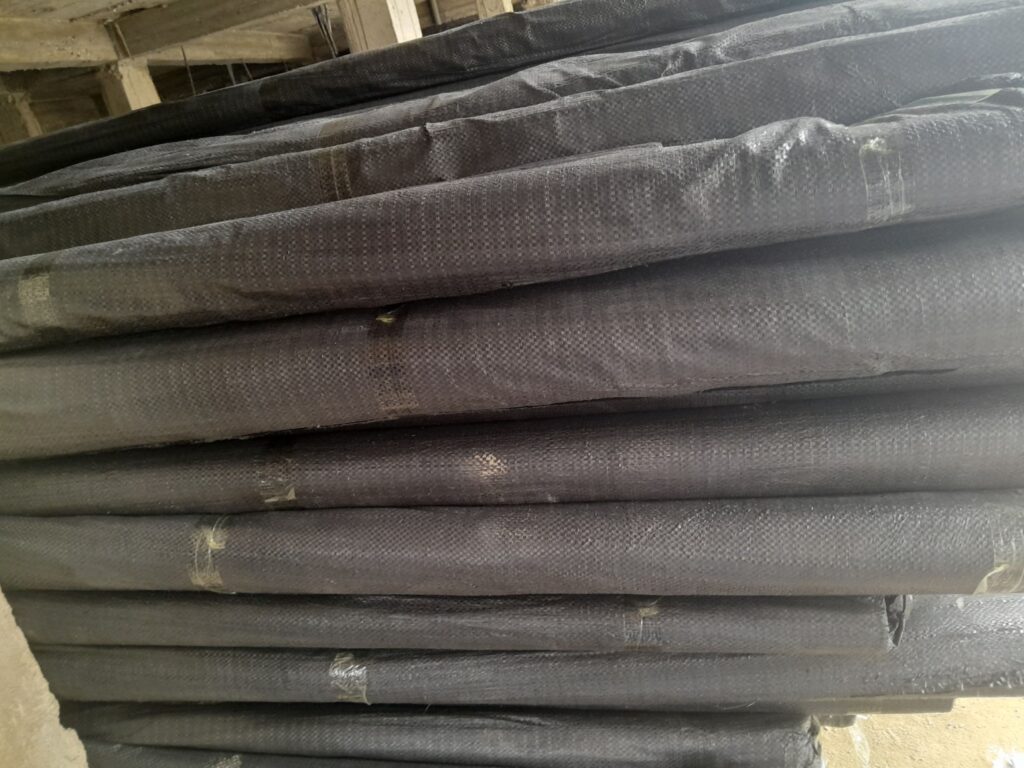Water conservation and efficient water storage are vital components of sustainable development, particularly in regions with scarce water resources. A dam liner is a crucial element in creating reliable water storage solutions, ensuring that precious water is preserved for agricultural, industrial, and domestic use. This comprehensive guide will explore the benefits of dam liners, types available, installation processes, and maintenance tips, providing you with everything you need to make an informed decision for your water storage needs.
What is a Dam Liner?
A dam liner is a protective layer placed at the bottom of dams, ponds, and reservoirs to prevent water seepage and loss. Made from various materials such as PVC, HDPE, and EPDM, dam liners create a barrier that ensures water remains contained within the designated area.
Benefits of Using Dam Liners
- Water Conservation: By preventing seepage, dam liners significantly reduce water loss, ensuring that stored water is available for longer periods.
- Cost-Effective: Investing in a high-quality dam liner can save money in the long run by reducing the need for frequent water refills and minimizing maintenance costs.
- Environmental Protection: Dam liners help in protecting the surrounding soil and groundwater from contamination by preventing pollutants from seeping through.
- Durability: Modern dam liners are designed to withstand harsh weather conditions, UV radiation, and chemical exposure, ensuring a long lifespan.
Types of Dam Liners
- PVC (Polyvinyl Chloride) Liners:
- Flexible and easy to install
- Suitable for smaller ponds and reservoirs
- Cost-effective option
- HDPE (High-Density Polyethylene) Liners:
- Highly durable and resistant to chemicals
- Ideal for larger water storage projects
- UV resistant, ensuring a longer lifespan
- EPDM (Ethylene Propylene Diene Monomer) Liners:
- Extremely flexible and resilient
- Excellent for irregularly shaped ponds and reservoirs
- High resistance to UV radiation and extreme temperatures
Installation Process
Proper installation of dam liners is crucial to ensure their effectiveness and longevity. Here are the general steps involved:
- Site Preparation:
- Clear the area of debris, rocks, and vegetation.
- Create a smooth, even surface to lay the liner.
- Liner Placement:
- Unroll the liner carefully to avoid any damage.
- Ensure the liner covers the entire area, with some excess for anchoring.
- Seaming and Anchoring:
- Weld or glue the seams to create a watertight seal.
- Anchor the liner securely using sandbags or soil to prevent movement.
- Filling and Testing:
- Gradually fill the dam with water, checking for any leaks.
- Make necessary adjustments to ensure a secure fit.
Maintenance Tips
Regular maintenance ensures the longevity and effectiveness of your dam liner. Here are some tips to keep in mind:
- Regular Inspections: Check the liner periodically for any signs of wear, tear, or damage.
- Cleaning: Remove debris and sediment that may accumulate on the liner to prevent damage.
- Repairs: Promptly address any punctures or tears using appropriate repair kits.
- Vegetation Control: Keep vegetation growth in check to prevent roots from penetrating the liner.
Conclusion
Investing in a high-quality dam liner is a smart move for anyone looking to improve their water storage capabilities. Whether for agricultural, industrial, or domestic use, dam liners offer numerous benefits, including water conservation, cost savings, and environmental protection. By choosing the right type of liner and ensuring proper installation and maintenance, you can enjoy a reliable and efficient water storage solution for years to come.
External Resources
Originally posted 2024-07-30 14:00:00.

